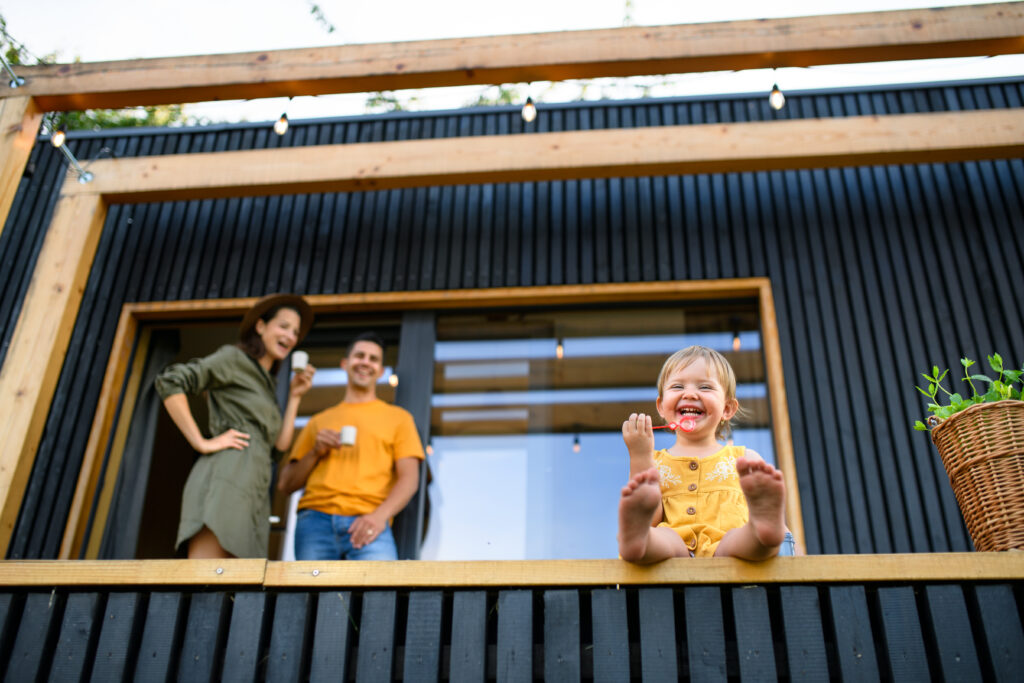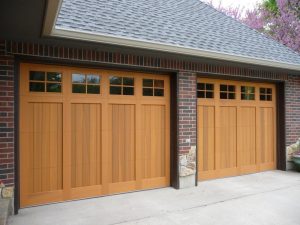Vinyl siding has become one of the most popular choices for homeowners because of its durability, affordability, and low maintenance. But if you’re planning a home improvement project, you might be wondering: how to install vinyl siding correctly without professional help? With the right tools, techniques, and guidance, installing vinyl siding can be a rewarding DIY project that enhances your home’s curb appeal and increases its energy efficiency.
This detailed guide will walk you through everything you need to know about how to install vinyl siding like a pro, whether you’re starting fresh or replacing old siding.
Install Vinyl Siding: Understanding the Basics
Before diving into the installation, it’s essential to understand what vinyl siding is and why it has become a staple in modern homes. Vinyl siding is made from PVC (polyvinyl chloride) resin, which is designed to resist moisture, fading, and pests. It comes in various colors, textures, and styles to mimic wood, stone, or even shingle finishes.
Unlike wood, vinyl siding does not rot or require constant repainting. This makes it an excellent investment for homeowners who want long-term durability with minimal upkeep.
Preparing Your Home In 10 Steps for Vinyl Siding Installation
Preparation is half the battle when it comes to siding installation. Before you install vinyl siding, ensure your home’s exterior is ready for the upgrade.
Step 1: Inspect the Walls
Check your home’s exterior walls for rot, mold, or structural damage. Repair any issues before moving forward.
Step 2: Remove Old Siding
If you have existing siding, remove it carefully. This provides a clean surface for the new installation.
Step 3: Install House Wrap or Insulation
To improve energy efficiency and protect your home from moisture, install a weather-resistant barrier or foam board insulation. Secure it tightly to prevent gaps.
Step 4: Install Starter Strips
Begin by placing the starter strip at the bottom of the wall, making sure it is perfectly level. Leave about a ¼ inch gap between strips to allow room for natural expansion. This strip is essential since it secures and supports the very first row of siding panels.
Step 5: Attach Corner Posts
Next, secure the corner posts at each exterior corner of the house. Be sure to leave around ½ inch clearance at the top for expansion and shifting. These posts serve as a finished edge, giving the siding panels a neat and professional frame.
Step 6: Install J-Channels Around Openings
Place J-channels carefully around all windows, doors, and along rooflines. These channels are designed to hold the cut siding ends securely in place. They also provide a neat, clean finish that enhances the overall look of the siding.
Step 7: Begin Installing Panels
Lock the first siding panel firmly into the starter strip to anchor it. Nail the panel loosely through the center of each nailing slot, leaving 1/32 inch for flexibility. Always overlap panels by at least 1 inch at the seams to prevent gaps.
Step 8: Work Your Way Up
Continue attaching siding panels row by row, moving upward on the wall. Check alignment with a level often to avoid a wavy or uneven appearance. Stagger the seams between rows for a professional and polished finish.
Step 9: Install Soffit and Fascia
Attach soffit panels neatly under the roof eaves to enclose and protect the underside. Then, secure fascia boards along the roof edges for a sharp, clean outline. These additions complete the framework and protect the roofline.
Step 10: Add Finishing Touches
Cap off all siding edges with trim pieces for a crisp, finished look. Double-check that all nails are secure but not too tight, allowing room for expansion. Finally, step back and admire your newly installed siding with pride!
FAQs
Looking for quick answers about siding? Our FAQs cover everything from installation and maintenance to durability and cost. Find clear, expert-backed information to help you make the best decision for your home.
Is it hard to install vinyl siding yourself?
It requires basic carpentry skills, patience, and the right tools, but many homeowners successfully install vinyl siding as a DIY project.
What is the best time of year to install vinyl siding?
Spring and fall are ideal, as extreme heat or cold can affect vinyl’s flexibility.
Do I need insulation behind vinyl siding?
Yes, installing a house wrap or rigid foam insulation improves energy efficiency and prevents moisture issues.
How long does vinyl siding last?
With proper installation and maintenance, vinyl siding can last 30–40 years.
Can vinyl siding be installed over old siding?
Yes, but it’s best to remove damaged or rotting materials first for a smoother finish and longer lifespan.
What’s the biggest mistake when installing vinyl siding?
Nailing too tightly. Vinyl needs room to expand and contract, so always leave a slight gap under nail heads.
Conclusion
Learning how to install vinyl siding can save money, increase your home’s energy efficiency, and dramatically improve curb appeal. With careful planning, the right tools, and attention to detail, homeowners can achieve professional-looking results without the hefty labor costs. Whether you’re tackling the whole house or just a small section, vinyl siding remains one of the most rewarding home improvement projects you can take on.





